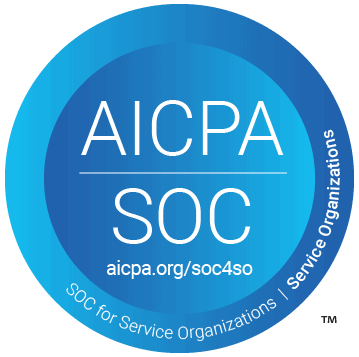Data Lifecycle Phases
In Ethyca, a Data Lifecycle Phase (DLP) is a value or set of values assigned to a particular data use case in the Ethyca application. The phases associated with a use case influence how Ethyca displays the use case on your data map.
What Are Data Lifecycle Phases in Ethyca?
To understand Data Lifecycle Phase, it’s useful to take a step back and think of the way data flows through your business. There’s a moment when a piece of data first enters your business ecosystem, moments when it is transformed or processed in some way, and other moments where it’s simply at rest.
Each of these phases in the data journey carry a different set of considerations for privacy management, impact, and risk for your business. In Ethyca, a Data Lifecycle Phase (DLP) is a value or set of values assigned to a particular data use case in the Ethyca application. The phases associated with a use case influence how Ethyca displays the use case on your data map.
You’ll see the four lifecycle phases displayed across the top of your data map in Ethyca’s control panel. Now we’ll explore them in more detail.
| Lifecycle Phase | Description |
| Collection | The point of data entry into your company’s software ecosystem. For example, for a Customer Service use case, customers may enter their name and email address to create an account when landing on your site; it’s initially stored in Auth0 before being sent to Zendesk. Even though Zendesk is used primarily for the customer service, Collection is still a part of this Customer Service use case as the customer information entry is required. |
| Transformation | Any point where a field of information is transformed. This means it may be restructured or stored in a different format for a destination system, for example, data from your CRM being sent to a data lake through an ETL process. |
| Processing | Any activity where fields of information are acted upon to achieve something. This may be user behavior analysis or sending e-commerce orders, each of these constitute a process. |
| Retention | Any point where a field of information is stored for future use. This includes identifying destination storage systems, or a tax, order, or healthcare systems where information must be retained for minimum 7 years. |
Why Are the Lifecycle Phases I Select Important?
In Ethyca, lifecycle phases don’t strongly influence how we manage data for a given use case. For instance, a data subject request from one of your users will be surface data in a use case no matter the lifecycle phases it touches.
But lifecycle phases do matter for your business, and so it’s useful to have them visualized as part of your data map. As an example, any use cases associated with Retention should be paired by a Data Retention and Destruction policy. Beyond simple compliance, Ethyca’s lifecycle phases helps key business stakeholders understand the data that needs special process attention.
AI data becomes legal liability: Impact of the EU AI Act
Read MoreThe EU AI Act’s transparency rules hit August 2, 2025, and most organizations aren’t ready for the data disclosures, documentation, and legal risk they bring
Engineering Data Trust at Scale: A Conversation with Adrian Galvan, Senior Software Engineer
Read MoreAdrian Galvan builds scalable, privacy-first integrations at Ethyca.
From Paper to Power: Reflections on the 2025 Consero CPO Summit
Read MoreAt the Consero CPO Summit, it was clear: privacy leaders are shifting from compliance enforcers to strategic enablers of growth and AI readiness.
JustPark Chooses Ethyca to Power Global Privacy and Data Governance
Read MoreJustPark has selected Ethyca to power its privacy and data governance, enabling trusted, consent-driven data control as the company scales globally.
Closing the AI Accountability Gap: Solving Governance with Data Infrastructure
Read MoreWithout infrastructure to enforce it, AI governance becomes costly theater destined to fail at scale.
The Engineer’s Burden: Why Trustworthy AI Starts with the Data Layer
Read MoreTrustworthy AI begins with engineers ensuring clean, governed data at the source.
Ready to get started?
Our team of data privacy devotees would love to show you how Ethyca helps engineers deploy CCPA, GDPR, and LGPD privacy compliance deep into business systems. Let’s chat!
Speak with UsSign up to our Newsletter
Stay informed with the latest in privacy compliance. Get expert insights, updates on evolving regulations, and tips on automating data protection with Ethyca’s trusted solutions.


